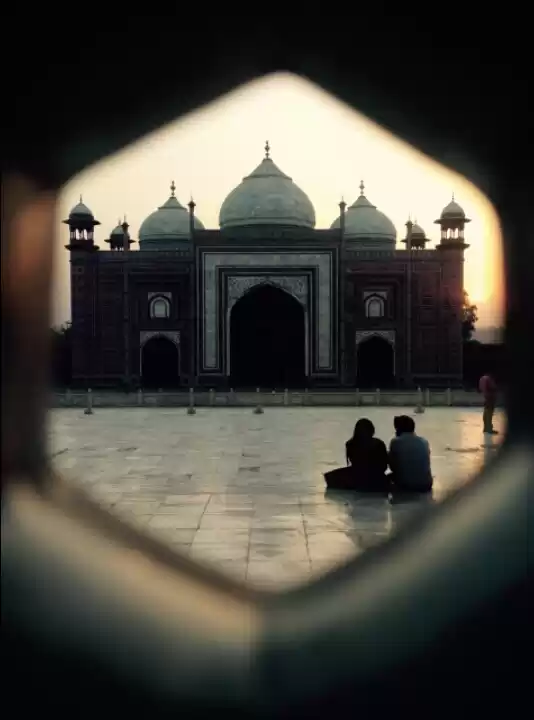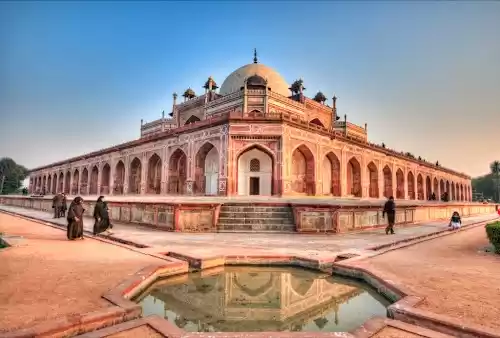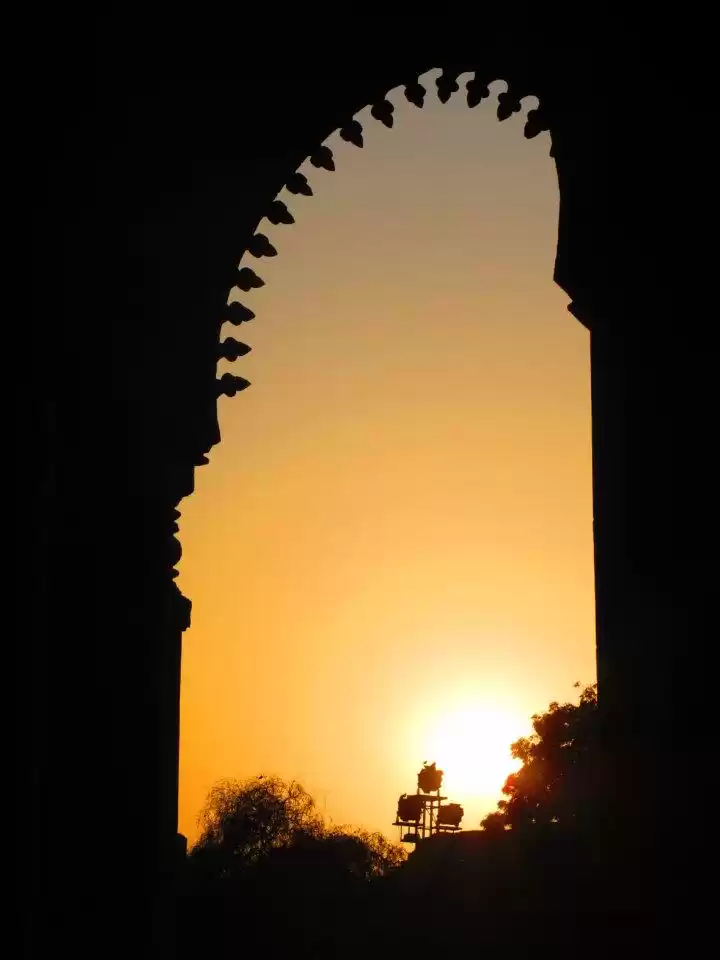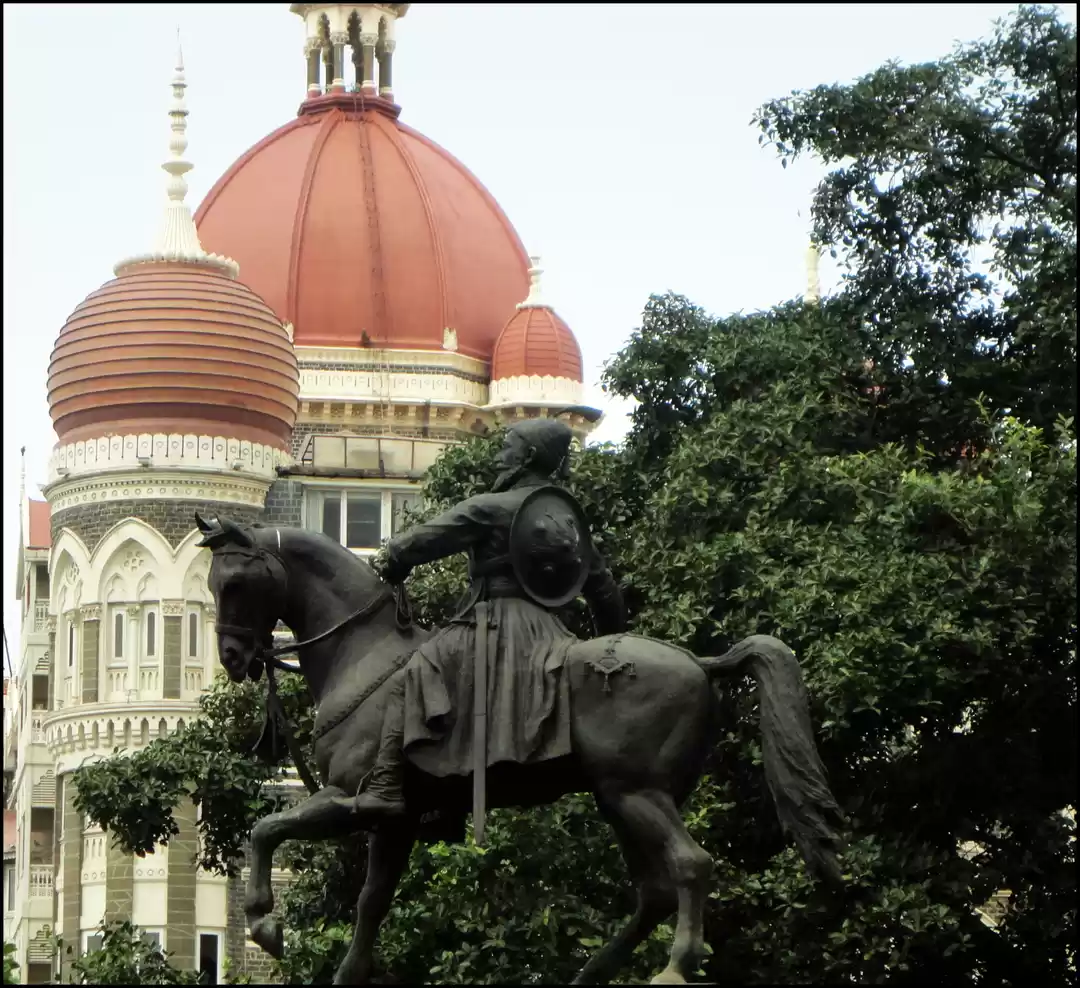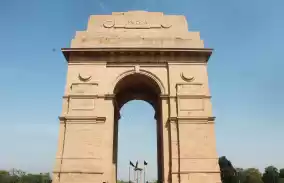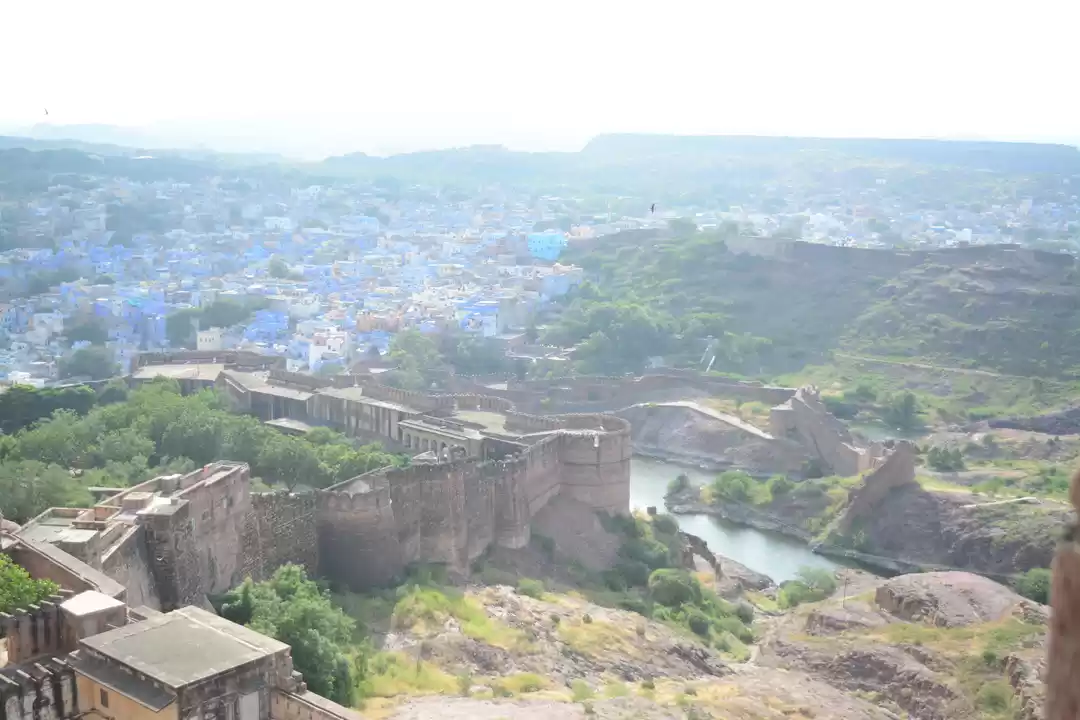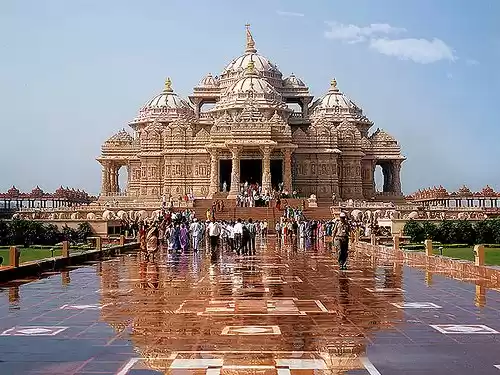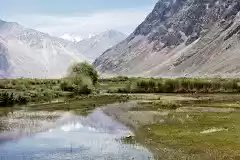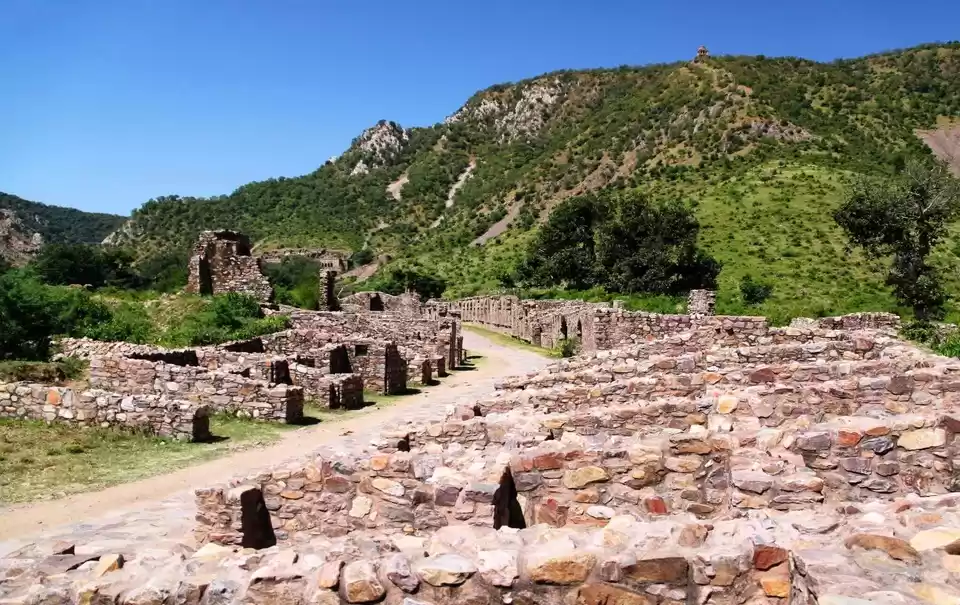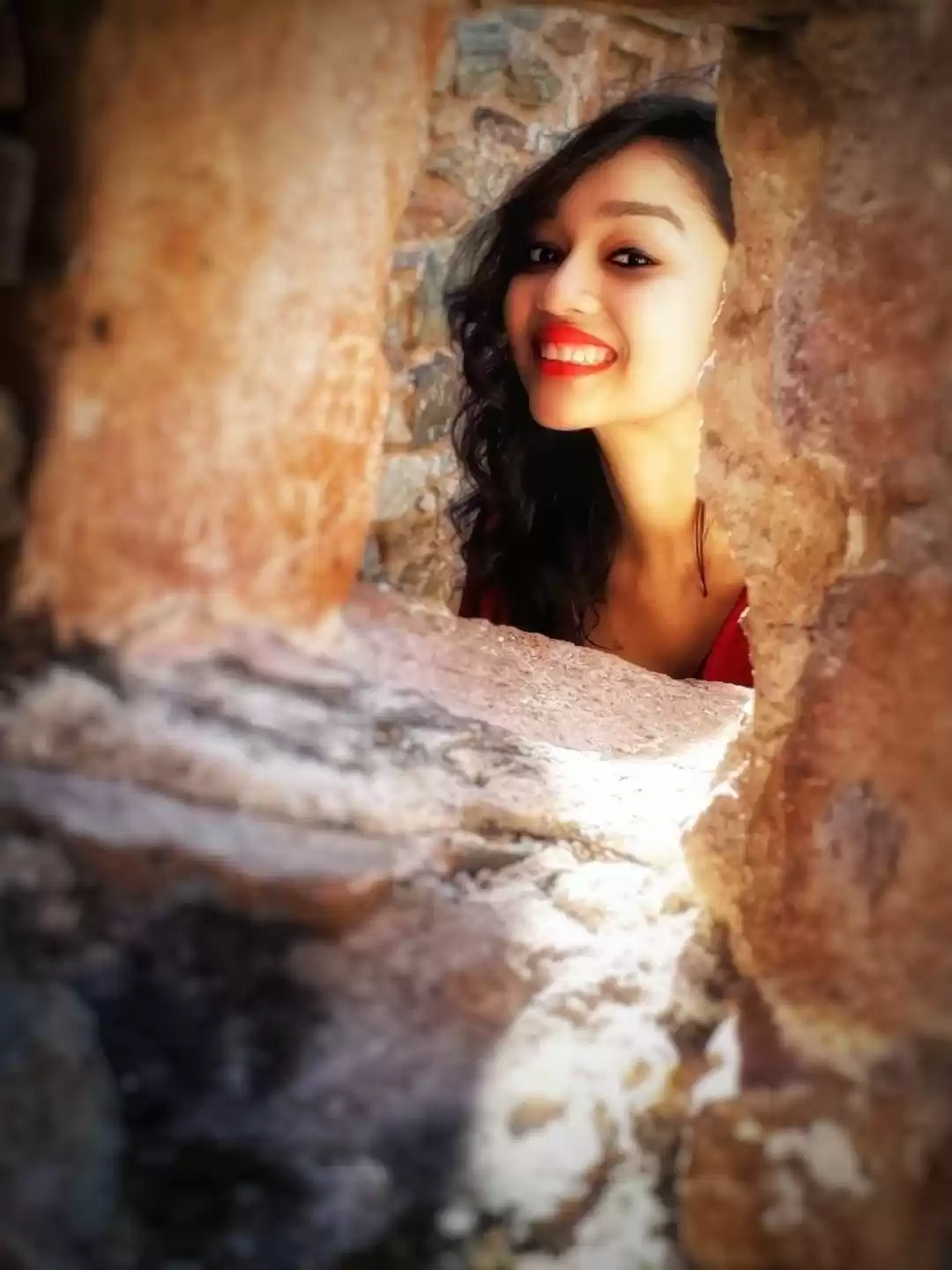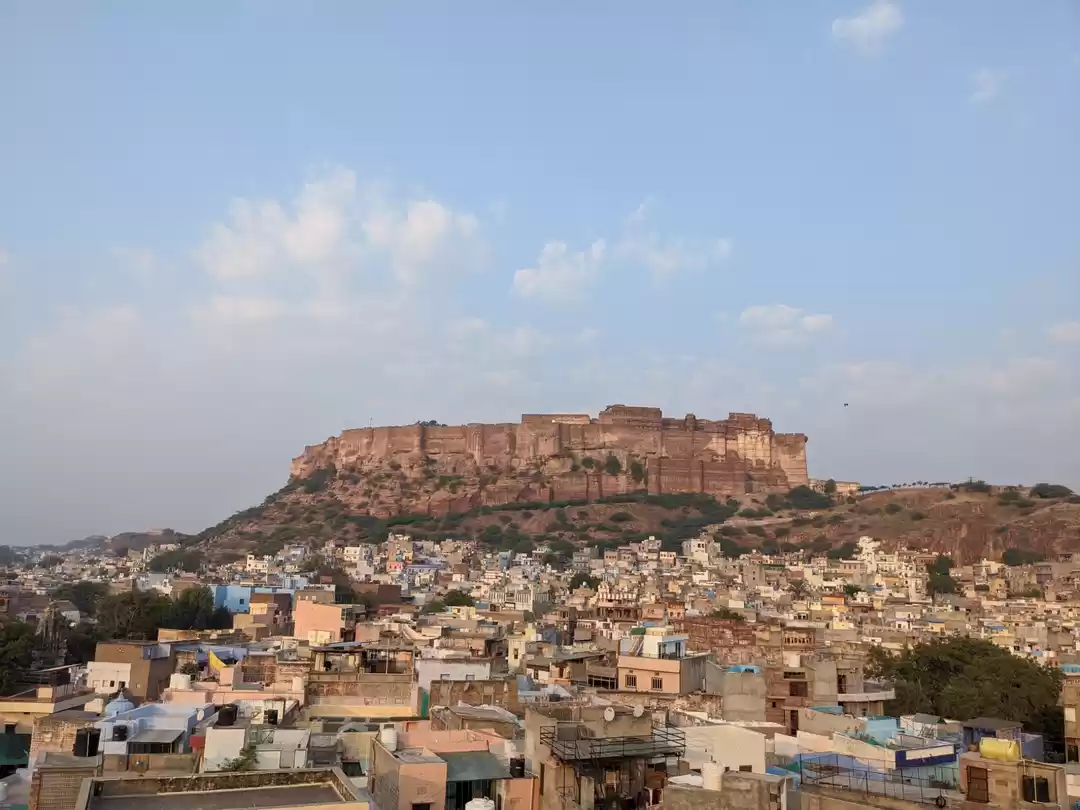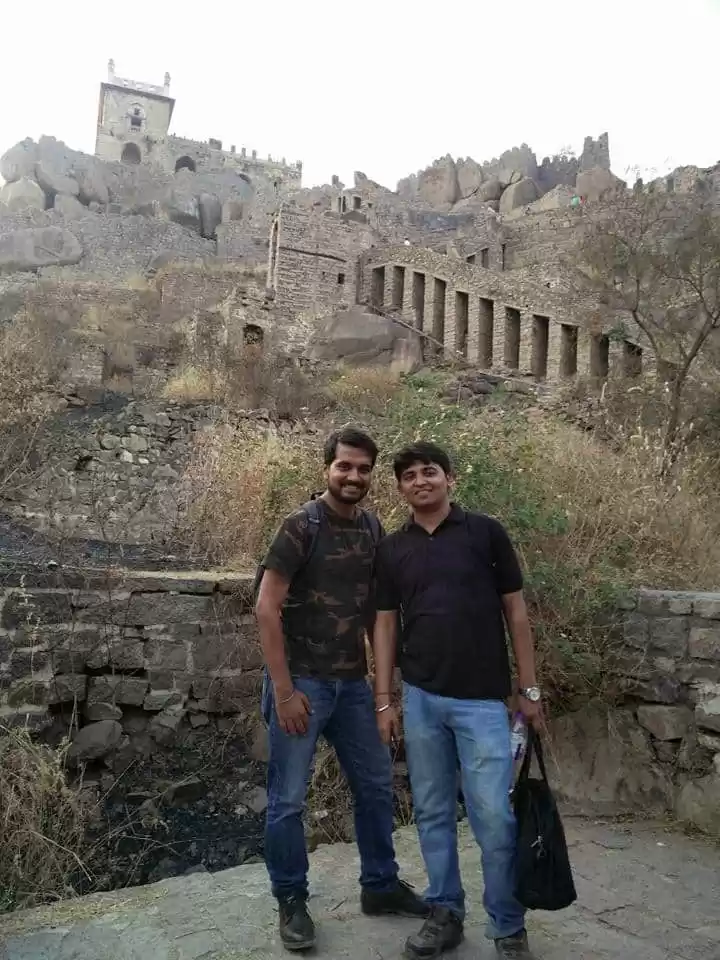Shivneri Fort is not only a historical and cultural landmark, but also a natural wonder that offers stunning views of the surrounding hills and valleys. Whether you are a history buff, a nature lover, or an adventure seeker, Shivneri Fort has something for everyone.
In this article, we will tell you everything you need to know about Shivneri Fort, its history, significance, attractions, and travel information. We will also give you some tips and tricks to make your visit to Shivneri Fort a memorable and enjoyable one. So, read on and discover why Shivneri Fort should be on your bucket list.
The Glorious History and Significance of Shivneri Fort

Shivneri Fort derives its name from the Hindu goddess Shivai Devi, who is worshipped by the locals. According to legend, Jijabai, the mother of Chhatrapati Shivaji Maharaj, prayed to Shivai Devi for a son when she was pregnant. Her prayers were answered when she gave birth to a boy on February 19, 1630, at Shivneri Fort. She named him Shivaji, after the goddess.
Shivneri Fort has witnessed many historical events and battles in its long history. It was built by the Yadava dynasty in the 13th century as a strategic fortification to protect their territory from invaders. It later came under the control of various dynasties and rulers, such as the Bahmani Sultanate, the Nizam Shahi Sultanate, the Mughals, and the Marathas.
The most important role of Shivneri Fort was in the life and career of Chhatrapati Shivaji Maharaj, who spent his early years at the fort under the care and guidance of his mother Jijabai and his tutor Dadoji Konddeo. He learned the art of warfare, administration, diplomacy, and statecraft at Shivneri Fort. He also developed a strong sense of patriotism and devotion to his motherland at Shivneri Fort.
Chhatrapati Shivaji Maharaj went on to become one of the greatest warriors and leaders in Indian history. He founded and expanded the Maratha Empire that challenged and resisted the Mughal domination in India. He is widely regarded as the father of the Indian Navy and a pioneer of guerrilla warfare. He is also revered as a hero of Hinduism and a champion of social justice and equality.
Shivneri Fort is a testament to the legacy and impact of Chhatrapati Shivaji Maharaj on the Indian culture, politics, and society. It is a symbol of pride and honor for Maharashtra and India. It is also a source of inspiration and motivation for generations of Indians who aspire to follow his footsteps.
The Amazing Attractions and Features of Shivneri Fort
Shivneri Fort is not only a historical treasure but also a natural wonder. It is located on a triangular-shaped hill that rises about 300 meters above sea level. It is surrounded by steep cliffs and deep valleys that make it difficult to access. It has seven gates that lead to the fort complex, each with its own name and significance. Some of the main attractions of Shivneri Fort are:
1. The birthplace of Chhatrapati Shivaji Maharaj:
This is the most sacred and revered spot at Shivneri Fort. It is a small room where Jijabai gave birth to Shivaji in 1630. It has a statue of Jijabai holding baby Shivaji in her arms. It also has a plaque that commemorates the birth anniversary of Shivaji.
2. The statue of Jijabai and Shivaji:
This is another prominent attraction at Shivneri Fort. It is a large bronze statue that depicts Jijabai holding young Shivaji in her lap. It is located near the entrance of the fort. It was unveiled by the former President of India, Dr. Rajendra Prasad, in 1956. It is a tribute to the mother-son bond and the influence of Jijabai on Shivaji’s life and values.
3. The Shivai Devi temple:
This is a small temple dedicated to the goddess Shivai Devi, who is believed to be the patron deity of Shivneri Fort. It is located near the birthplace of Shivaji. It has a black stone idol of the goddess in a sitting posture. It is said that Jijabai used to worship the goddess regularly and seek her blessings for her son.
4. The tomb of Shahaji:
This is a simple tomb that marks the resting place of Shahaji, the father of Shivaji. He was a brave and influential general who served under various rulers and dynasties. He died in 1664 at Shivneri Fort after being imprisoned by Aurangzeb, the Mughal emperor. His tomb is located near the Shivai Devi temple. It has a stone slab with his name and date of death inscribed on it.
5. The Kadelot Point:
This is a cliff at the edge of Shivneri Fort that offers a panoramic view of the surrounding landscape. It is also known as the execution point, as it was used to throw off criminals and enemies from the fort. It is said that Shivaji used to practice his archery skills at this point by shooting arrows at targets placed on the opposite hill.
The Travel Information and Tips for Visiting Shivneri Fort
Shivneri Fort is a popular tourist destination that attracts thousands of visitors every year. If you are planning to visit Shivneri Fort, here are some travel information and tips that will help you make your trip a smooth and enjoyable one.
How to reach:
By road: you can take a bus or a taxi from Pune or Mumbai to Junnar, which is the nearest town to Shivneri Fort. From Junnar, you can take another bus or taxi to reach the base of Shivneri Fort.
By rail: you can take a train from Pune or Mumbai to Kalyan or Karjat, which are the nearest railway stations to Junnar. From there, you can take a bus or taxi to reach Junnar and then Shivneri Fort.
Best time to visit:
The best time to visit Shivneri Fort is from October to March, when the weather is pleasant and cool. You can also visit Shivneri Fort during monsoon June to September, when the fort is covered with lush greenery and mist.
Entry fee and timings:
The entry fee for Shivneri Fort is Rs.25 per person for Indians and Rs. 300 per person for foreigners. The timings for visiting Shivneri Fort are from 5:30 am to 6:30 pm every day.
Places to Stay and Visit Near Shivneri Fort
Shivneri Fort is a great place to spend a day or two, as it has many places to stay and visit nearby. Some of them are Hotel Shivneri, Hotel Rajmata and Agro Resort.
Places to visit near Shivneri Fort
1. Lenyadri Caves:
These are a group of 30 Buddhist rock-cut caves that date back to the 1st to 3rd century AD. They are located about 5 km from Shivneri Fort. They have sculptures and paintings of Buddha and other deities. They also have a temple dedicated to Lord Ganesha, who is believed to have been born here.
2. Manikdoh Dam:
This is a scenic reservoir that is located about 15 km from Shivneri Fort. It is built on the Kukadi river and supplies water to Pune and nearby areas. It is a popular picnic spot that offers boating and fishing facilities.
3. Junnar:
This is a historic city that is located about 20 km from Shivneri Fort. It has many forts and temples that reflect its rich heritage and culture. Some of them are Naneghat (a mountain pass with inscriptions), Jivdhan (a hill fort with caves), Shivneri (a fort with a temple), Ozar (a temple dedicated to Lord Ganesha), and Lenyadri (a cave complex with a temple).
Shivneri Fort is a must-visit destination for anyone who loves history, culture, nature, or adventure. It is a place where you can learn more about the life and legacy of Chhatrapati Shivaji Maharaj, the founder of the Maratha Empire. It is also a place where you can enjoy the beauty and glory of the fort and its surroundings.
Also read: One Day Trek To Shivneri Fort - Vacations Adventurous
So, what are you waiting for? Plan your trip to Shivneri Fort today and experience the magic of this amazing fort for yourself.



























